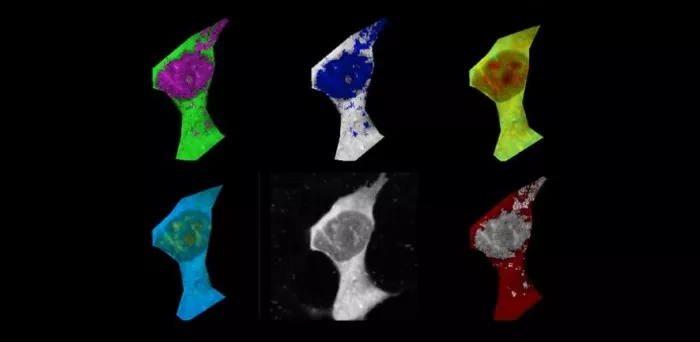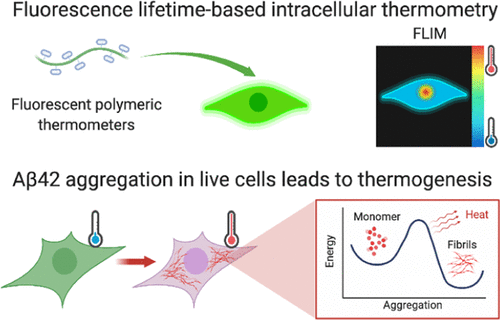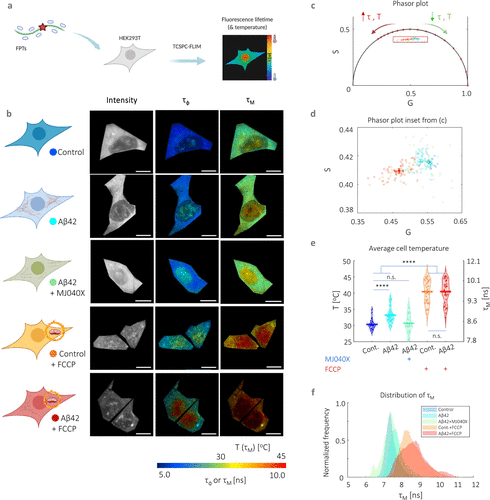Scientists at the University of Cambridge have gained fascinating new insights into Alzheimer's disease using advanced sensors that measure temperature changes in cells* This work shows how the protein clumps associated with the disease for a long time lead to heat accumulation and "fry" brain cells like fried eggs. * more hopefully, it shows how to deploy drugs to prevent things from reaching harmful temperatures.

This breakthrough stems from the team's exploration of the so-called intracellular heat generation, which is an emerging field, and its core is to measure the temperature changes in cells. Advanced sensors make this measurement possible. The team is the first team to apply it to Alzheimer's disease research. Their attention is focused on one of the main suspects of Alzheimer's disease, namely β- Amyloid protein.
The accumulation of amyloid proteins into toxic clumps is considered to be a key driver of neurodegeneration associated with Alzheimer's disease, so they have received great attention from scientists working to better understand the situation. The Cambridge team has been studying the link between intracellular heat generation and amyloid aggregation, and these advanced new sensors provide the perfect tool for in-depth study of details.

Chyi Wei Chung, the first author of the study, said: "thermogenesis is related to cell pressure, which may promote further aggregation. We believe that when there is imbalance in cells, such as amyloid- β When the concentration is slightly too high and starts to accumulate, the cell temperature will rise. "
These tiny temperature sensors are technically known as fluorescent polymer thermometers, and scientists deploy them in laboratory environments to study β- Effects of amyloid on human cell lines. As the proteins began to accumulate and form a linear structure called cellulose, the scientists saw that the average temperature of the cells began to rise, reaching significantly higher than that without any β- Amyloid levels in cells.

Kaminski schierle, who led the study, said: "cells overheat like fried eggs -- as the temperature rises, proteins begin to coagulate and become nonfunctional." Once this aggregation process begins, scientists watch it gain momentum, release more heat and spread to nearby cells.
Chung said, "once aggregates are formed, they can leave the cells and be absorbed by adjacent cells, infecting the health of these cells β- Amyloid protein. No one has previously shown this link between temperature and aggregation in living cells. "
The team said the technology could be used as a way to diagnose Alzheimer's disease or screen candidate drugs for treatment of the disease. The researchers were able to show that β- Amyloid aggregates in drug treated cells can prevent temperature rise. Although more research is needed to convert it into clinical treatment, the results do show that the compound has the potential as a treatment for Alzheimer's disease.
The study was published in Journal of the American Chemical Society 》Up.